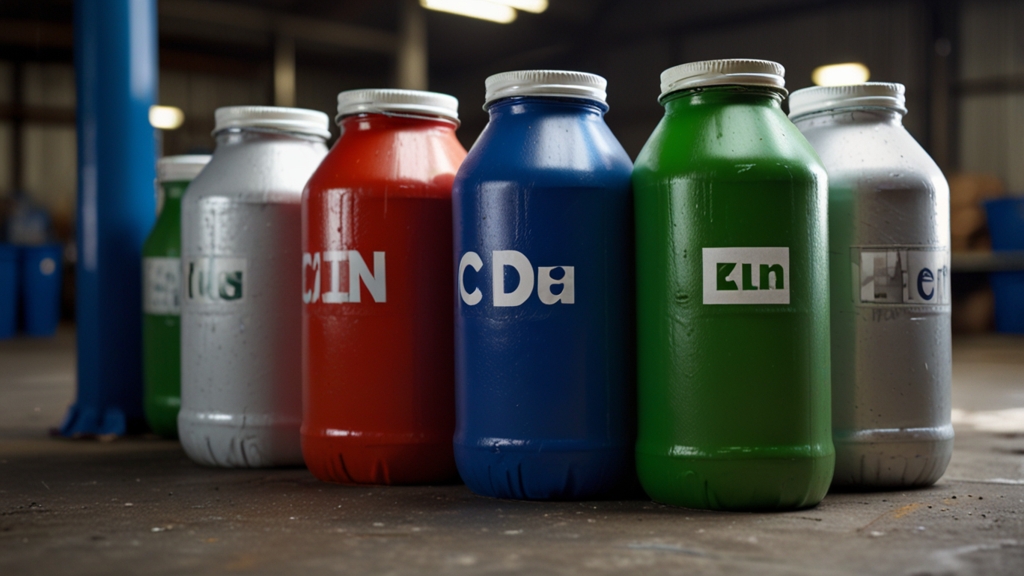The Ultimate Guide to Responsive Web Design with CSS
Responsive web design has revolutionized the way we approach creating websites, ensuring that they look great on a multitude of devices with varying screen sizes. At the core of this innovative approach is CSS (Cascading Style Sheets), which allows developers to implement responsive design principles efficiently and effectively. This guide will walk you through the essential components of responsive web design using CSS.
Why Responsive Web Design?
The primary goal of responsive web design is to deliver an optimal viewing experience across a wide range of devices, from desktop computers to mobile phones. With responsive design, websites are more user-friendly and can adapt to various screen sizes by responding to the user’s behavior and environment. This dynamic adaptation improves accessibility, boosts engagement, and enhances overall user satisfaction.
"Responsive Web Design means designing your site so that it adapts to the user’s device and screen size, ensuring a seamless experience." - Ethan Marcotte
Key Concepts of Responsive Web Design
To create a truly responsive website, developers must understand and implement several key concepts:
- Fluid Grid Layouts: Instead of using fixed pixel values, fluid grid layouts employ relative units like percentages to define widths. This approach ensures that images and containers adjust proportionally to the screen size.
- Flexible Images: Images must be scalable and should adjust within their containing elements. Using CSS properties such as
max-width: 100%;andheight: auto;helps maintain image aspect ratios. - Media Queries: Media queries allow developers to apply specific styles depending on the device characteristics, such as width, height, or orientation. They play a crucial role in delivering customized layouts for different screen sizes.
Implementing Fluid Grid Layouts
The foundation of a responsive design lies in fluid grids. Instead of using fixed dimensions, fluid grids rely on relative values:
.container {
width: 100%;
max-width: 1200px;
margin: 0 auto;
padding: 0 15px;
}
Enhancing Images with Flexibility
Keeping images responsive is essential to avoid layout breaks or overflow issues. Implement flexible images using CSS:
img {
max-width: 100%;
height: auto;
}
"A responsive image will adapt to its container's width, irrespective of the viewport size." - John Doe
Using Media Queries for Adaptive Designs
Media queries are powerful tools for crafting responsive designs. They enable you to apply distinct styles based on the viewing context. Here’s a basic example:
/* For tablets and larger */
@media (min-width: 768px) {
.sidebar {
display: block;
}
}
/* For mobile devices */
@media (max-width: 767px) {
.sidebar {
display: none;
}
}
Best Practices for Responsive Web Design
Implementing responsive web design requires a balanced approach and adherence to best practices:
- Mobile-First Approach: Start designing with mobile devices in mind first. This technique ensures that your designs are both lightweight and efficient on smaller screens and can gracefully scale up for larger devices.
- Viewport Meta Tag: Ensure you include the viewport meta tag in your HTML document to control the layout on mobile browsers:
<meta name="viewport" content="width=device-width, initial-scale=1">
- Test Across Multiple Devices: Continuously test your designs on various devices and browsers to ensure compatibility and smooth performance.
Conclusion
Responsive web design is a vital aspect of modern web development, enabling websites to seamlessly adapt to different devices and screen sizes. By understanding and applying fluid grids, flexible images, and media queries, along with following best practices, you can create websites that offer a superior user experience, regardless of the viewing context.
"Designing responsively isn’t just about responsive layouts. It’s about crafting a site that offers a brilliant experience on any device." - Emily White
Embrace the principles outlined in this guide and start building responsive, adaptive, and scalable web designs with confidence!









